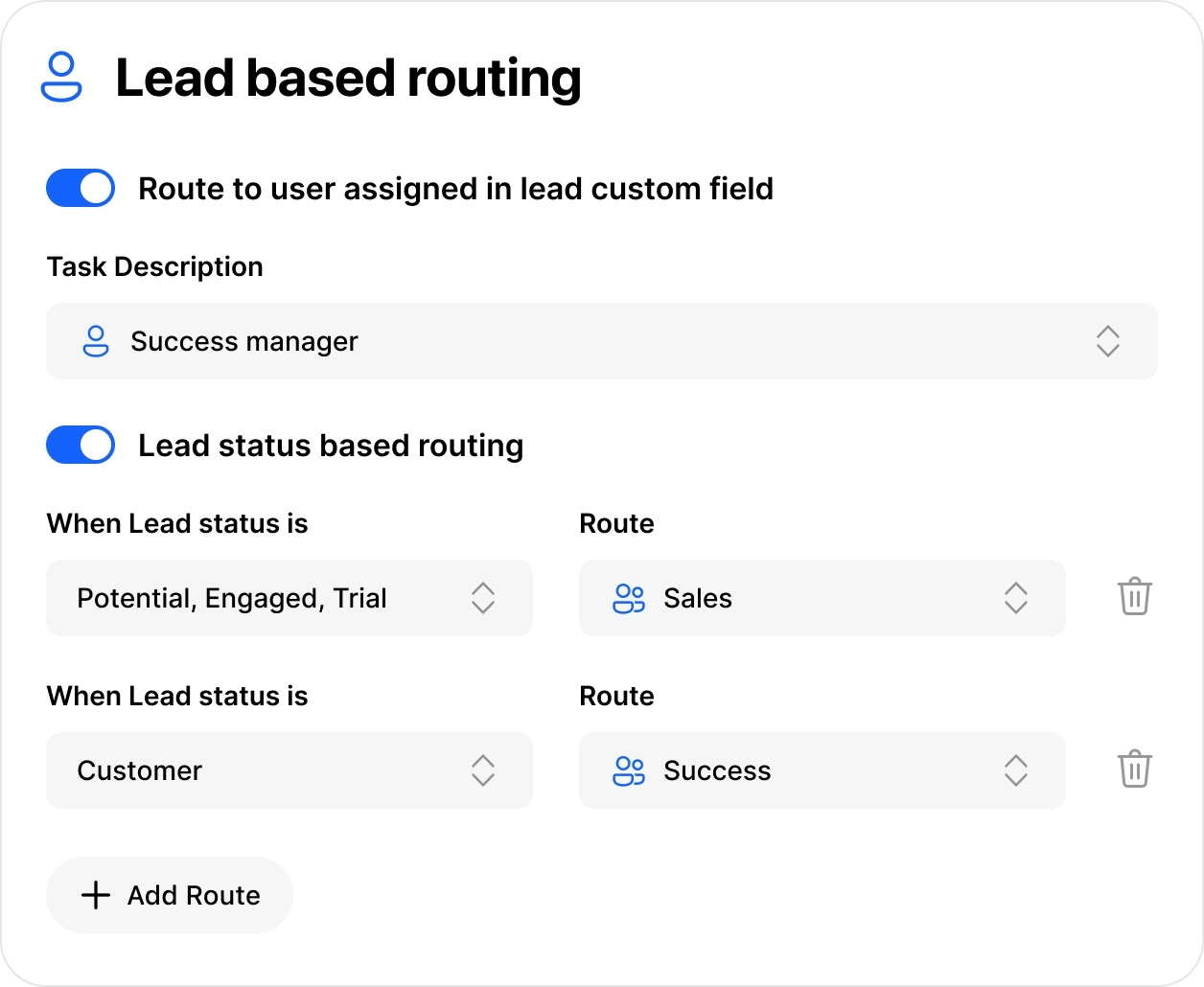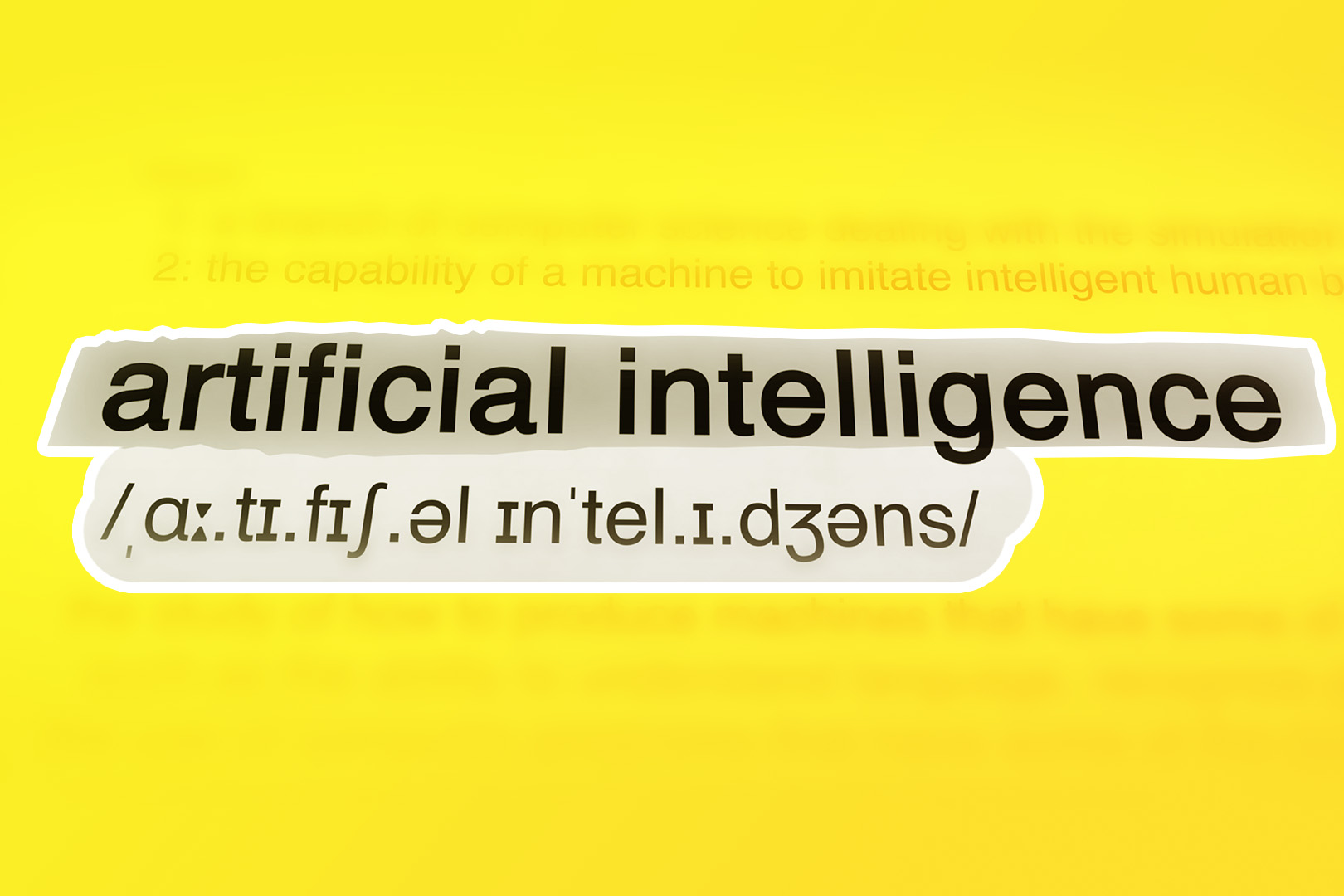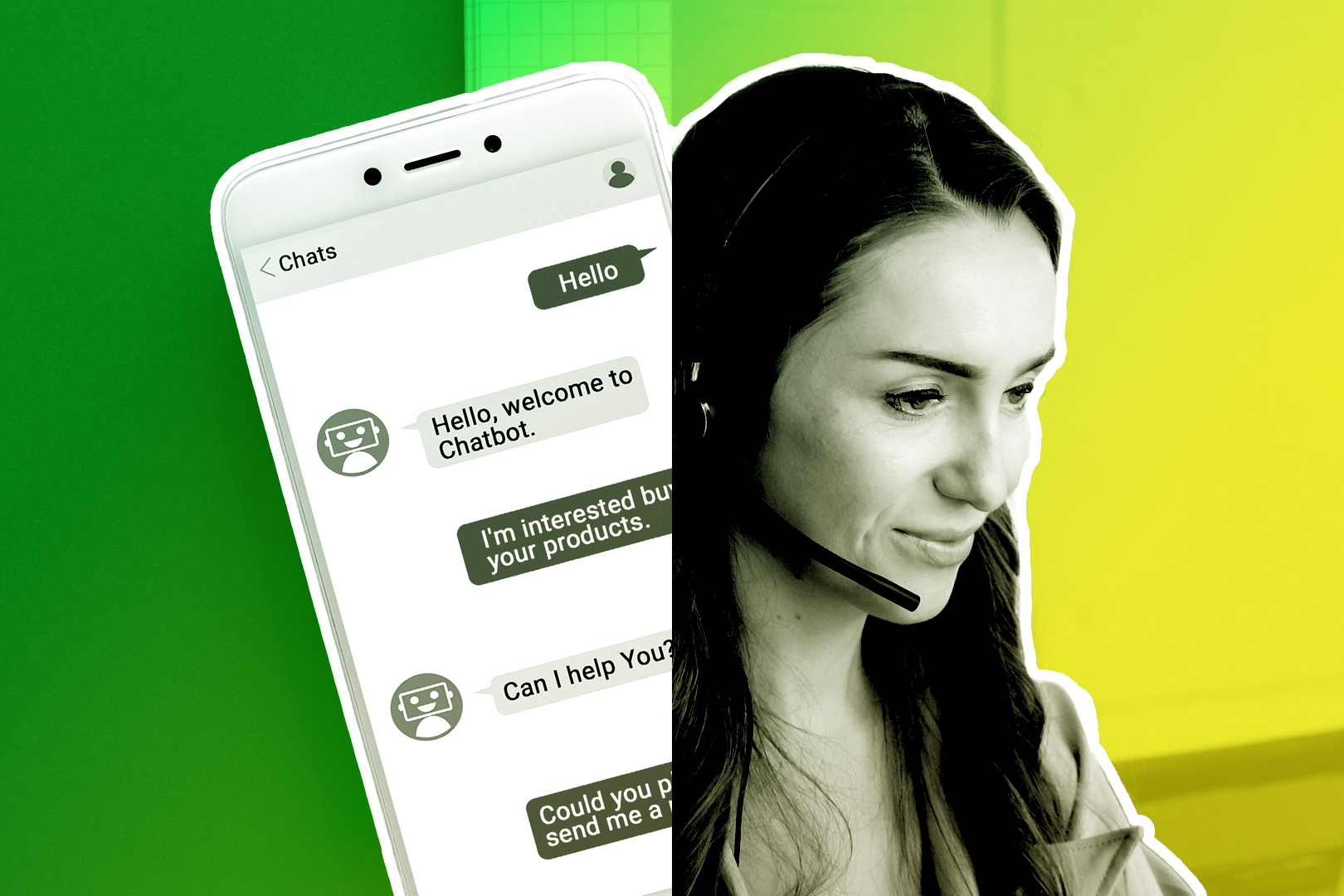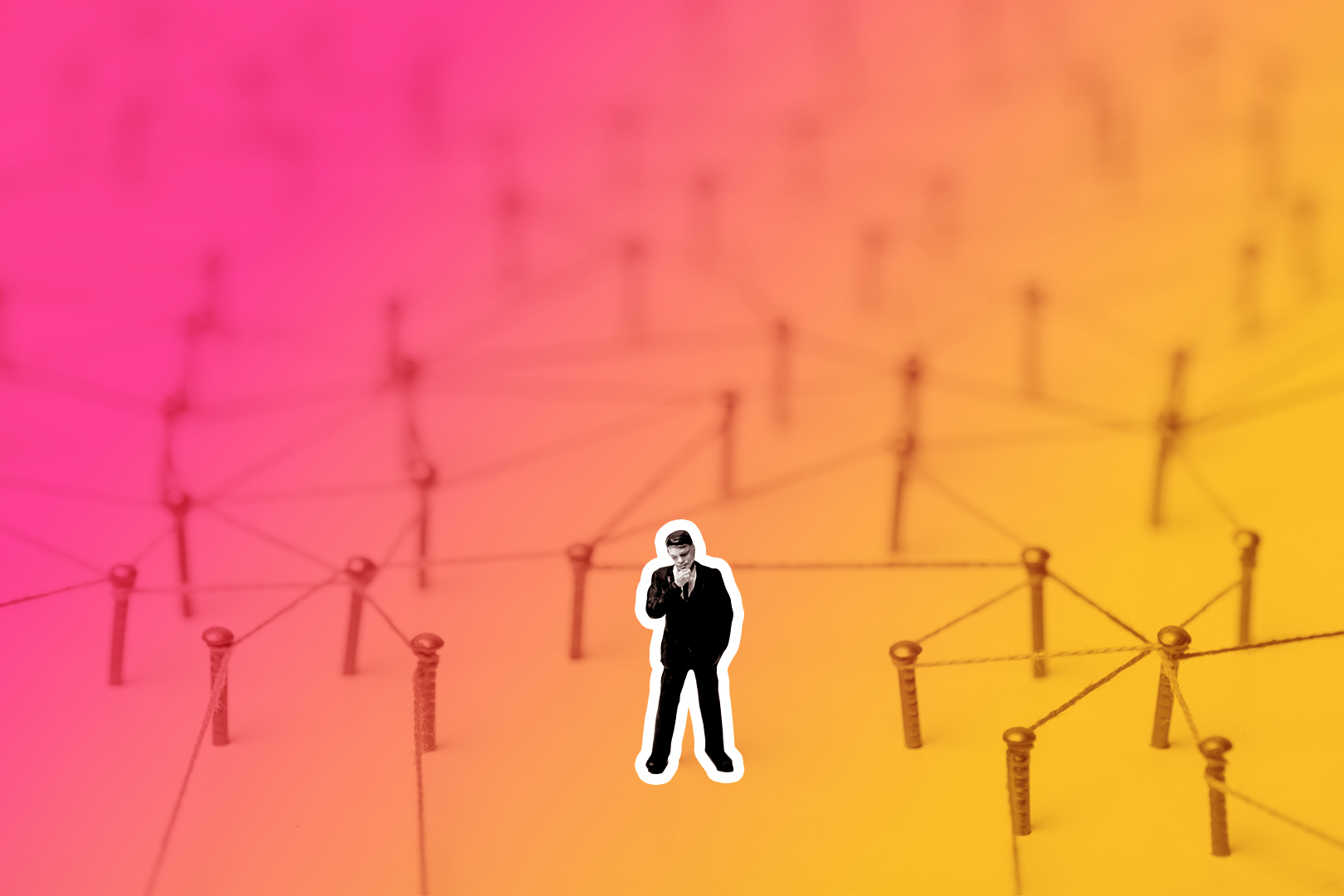Automation is efficient, but automating the wrong things can kill your sales pipeline. The real question isn’t whether to automate—it’s what you should automate. Too many teams confuse speed with strategy, automating the emotional core of their brand rather than busywork and the logistical bottlenecks that no one sees.
But what is busy work? What are those logistical bottlenecks? We’ve distilled it down to a principle we follow: automate the process, not the relationship.
Let’s break it down into practical choices so you can decide what to automate and what to leave to humans.
What Should Be Automated? (and Why)
Automation works best when you have lots of technical work that a machine is better off doing. Generally, this means a backlog of busywork that has at least one of the following characteristics:
🔁 Repetitive: The tasks that don’t require judgment, nuance, or human empathy. They're perfect if they’re heavy on time but light on humanity. Think follow-up reminders, meeting scheduling, and call summaries.
📈 Data-driven: The processes that require pattern recognition. Think lead scoring, reporting on your sales forecasts, or analyzing customer behaviors based on lead conversion spreadsheets.
⏰ Logistical: Things that you shouldn’t have to do yourself now that computers have been invented. Think internal alerts, onboarding new customers, or tracking which proposals you’ve sent to which clients.
“The lazy marketer will use AI to scale lazy marketing,” said HubSpot’s Head of AI & GTM Kieran Flanagan. “The marketer with deep domain expertise will use it to scale impact.”
However, before you can have an impact, you need automation that frees up your time. The less time you spend on logistical backlogs, the more you’re free to focus on other humans.
With that in mind, let’s explore some use cases for automation to help you scale that impact.
Data Enrichment
Data enrichment involves filling in the missing lead details that are entered into your CRM. Company size, job title, LinkedIn URL—it’s really anything you can pull in from a third-party resource to inform your sales pipeline.
You can use AI to populate fields in Close so your team has all of this key information at a glance. There’s no bot sending LinkedIn DMs for this information. It’s all brought from basic web research you could have done yourself. (At least before AI.)
Lead Routing and Ownership
Lead routing directs incoming leads to the right sales rep on your team. This process uses predefined rules like territory/location, industry, or the potential deal size.

Here’s how it looks in practice. Imagine a lead fills out a demo form on your website. Close CRM notices the filter for company size, assigning it to the salesperson responsible for the bigger leads.
There’s no overflow of incoming leads. Just a pipeline that keeps prospects moving to the appropriate team member based on criteria you establish. And with less on their plate, the sales rep is ready to reach out with a human touch that feels personal, not plastic.
Trigger-Based Sequences
A trigger-based sequence initiates automated actions based on the prospect's behavior. For example, if a prospect downloads a guide from your website but also doesn’t book a meeting in three days, Close can auto-send a friendly reminder with no manual input required.
Meeting Scheduling
Meeting scheduling allows leads to pick a time on your calendar without the unnecessary “phone tag”-style back-and-forth.
These scheduling tools are so ubiquitous now that prospects often expect automation at this time. The automation will handle meeting confirmation by uploading all relevant details into an email.
CRM Hygiene
CRM “hygiene” refers to keeping your pipeline clean and useful. That means no duplicates or out-of-date prospect statuses that make you question whether anyone’s keeping track of it all.
Ideally, you won’t have any missing information for your CRM prospects. AI can flag duplicate contacts or nudge the right team member to update a lead status if there hasn’t been an update in a while. This way, you’re not overestimating the size of your pipeline.
What Should Never Be Automated
Our rule of thumb: If it requires emotion or a personal touch, it’s probably a candidate for human-to-human interaction.
Sales is still a human-driven business. If you wouldn’t feel comfortable automating a part of your pipeline, you don’t have to. And if feeling that way, there’s usually a reason why.
Ever hear of the uncanny valley? It’s the idea that in robotics or computer graphics, a simulation of a human mostly hits the mark, but still sets off our internal “creepy” alerts. And despite how useful AI is for automating lots of fun stuff, it’s not always great at avoiding that valley.
You shouldn’t automate something if you do your best work when it’s…
- Emotional: Even if that’s something as casual as wishing someone a nice day before a three-day weekend, the emotion needs to announce your humanity.
- Trust-building: When you drop a comment on someone’s social media post and it’s obvious you didn’t read what they wrote, they sense you’re just farming them for engagement.
- Personal: We tend to stick with brands when we know someone there. But do you really “know” anyone if there’s a cocoon of AI automation between your reach-outs and their responses?
Let’s look at some specific examples.
Custom First-Touch Cold Emails
AI can pull information about a prospect and help you brainstorm a common point of interest. Good so far. But here’s an example of something not to write:
Congrats on being a…[peeps their bio]...results-driven B2B thought leader at Acme!
Clearly, you just peeped their bio and copied and pasted the results. It’s better if a human spots something you actually have in common as an excuse to reach out.
AI can definitely help you generate ideas. However, humans need to review the first-touch email before it is sent.
LinkedIn Comments
Vibes matter. Nowhere is that more obvious than in the comment section of a LinkedIn post, where thoughtful, human-to-human interactions (complete with inside jokes and references to the post itself) are the name of the game.
No one wants to be that person. The person who is clearly using AI to pump out 50 quick comments so they can show up in the algorithm. The person who summarizes the post they just read in five quick words, then leaves without contributing anything more.
So if you don’t want to be that person, there’s only one way to avoid it. You can’t automate it.
Follow-Up That Depends on Emotional Context
Some follow-ups are just fine if they’re AI. Sometimes, people expect nothing but a one-sentence check-in without much additional context.
But what if there is more context?
Maybe you walked this particular client through a tough demo in which they continually raised objections. Would a chirpy “Thanks for your time! Let’s keep in touch!” really work in that context?
Instead, a human can bring that additional layer of emotion to the follow-up. Let a human review it. Pause. Read the room. Follow up with a little bit of nuance thrown in: “I totally see what your concern about implementation was—if you’re open to it, I’d love to share how another client tackled that exact hurdle.”
Thought Leadership
The point of thought leadership is to stand out from the crowd. It carries risks. It requires going against the grain. It requires the courage to post something that might lose you a few followers.
That’s typically not the wheelhouse of Generative AI, either. If you’re using the same tools everyone else is using—along with the same prompts—then your thought leadership is going to sound like it came out of the same content mill.
Because it did.
Thought leadership needs to blaze new trails. It should sometimes create friction. But the only friction you’ll make is the internal friction someone feels when they look at your thought leadership content and think:
“Why is this so…robotic?”
Personal Notes or References
Out-of-the-blue emails, thank-you notes, and brief check-ins—if it doesn’t take much effort, a little personal touch can go a long way.
“Heard you speak at X” or “saw you launched Y this week,” or “loved your post because I also Z” are great ways to connect—if they’re true.
Trying to manufacture these with AI can have awkward consequences. Plus, humans have very good BS meters and are quick to ID when something feels transactional. Don’t tell AI to claim you also love [insert-topic-here], because one day, someone might call you on it.
Mastering the Gray Zone: Human-Led, AI-Boosted
Ideally, your sales team should live in an automated gray zone.
The gray zone is when you don’t automate everything. Nor do you ignore the existence of AI. Instead, you use AI to amplify your existing processes, enhancing speed on the back end without losing touch with what makes your sales team great on the front end.
Think about it this way: we’ve got a ways to go until AI replaces us all. Until then, it’s just another tool.
- Maybe AI writes the draft…but you double-check the details, punch it up, and maybe add a personal note that doesn’t make you cringe.
- Maybe AI suggests talking points…but you don’t work with your finger on a literal script during a product demo or a video meeting.
- Maybe AI summarizes calls or emails…but you’re still the person who decides what to log in the notes, or which action items to place in someone’s assignments.
- Maybe AI enriches data fields for you…but you may look for missing context before you move a prospect forward in the pipeline.
The thing to remember is that the real benefit of AI is speed. It’s not a replacement. If someone likes the cut of your jib—the person they interacted with on LinkedIn—then no amount of AI automation will replace that. Not yet.
Ideally, you’ll use AI more wholesale on the back end. Let it replace the technical stuff like data management or pipeline automation. Let it clean up your backlog of prospects and check for duplicates.
One example? A rep might use AI Enrich within Close to pull in a prospect’s company data. AI can do the research gruntwork of finding out if the company is product-led or not. Then that information goes into an AI-drafted email ready for review.
But that doesn’t get rid of the person doing the outreach. They’ll still need to review the copy before it goes out to make sure it still sounds like them.
The Wrong Kind of Scale
Consider this a warning section: here is what you shouldn’t do with AI.
AI saves you time, but replacing the human element to drum up new prospects is not the chief appeal of these tools. Because if you scale bad outreach, you haven’t achieved anything except to establish your brand as some sort of plastic, inauthentic amalgamation of AI tricks.
Don’t let AI make you lazy. And it gets lazy when you use AI to:
- Scale a sequence that doesn’t work, or doesn’t have any additional context from you except “send this email 48 hours after the first outreach…”
- Send personalized lines by a preprogrammed formula with basic inputs, like repeating information back to the prospect.
- Auto-liking or commenting on social posts, adding nothing to the conversation.
If you don’t even want to scale it, is it really necessary to add AI to it?
Can You Rethink Roles and Automate the Human Touch?
We’re not anti-AI. AI is doing amazing things, including adding incredible features to Close.
But AI is very much in motion. GTM Leader Florin Tatulea believes the entry-level SDR role will be extinct within five years. That means some human elements will be perfectly scalable in the future, like:
- Thought leadership and content creation. “Instead of hiring five SDRs to do outbound, a company will hire a content creator with 100,000 followers and a strong presence in their specific market,” Florin said. And that creator will use AI to leverage their existing thought leadership to make outreach feel more organic.
- Growth hacking will become more reliable when people set up automated sequences that use context-relevant triggers. Tatulea sees something like AI conductors building campaigns with impeccable, context-driven timing to set up and deliver emotionally relevant triggers at the right times.
But ultimately, you can’t scale a thing until you scale what’s already working. For some, that may be experimenting with AI tools to handle the grunt work.
As humans fill in these roles where nuance matters, they get to make higher-level strategic decisions. Those may one day go to AI as well. But for now, you’re just pouring the foundation.
So Should You Automate or Not?
AI will be around a while, so learning it’s worth your time. Automation will only get better. But if you apply AI tools blindly, you may overreach, scaling inauthentic campaigns, and alienating prospects who might have otherwise liked your company.
Instead, start small. Use AI to handle backend logistics and inspire your humans with scripts and templates. Then, let people turn off autopilot and land the plane themselves.
Want help building some smart automations within a CRM for better sales results? Our team at Close is here to help. Try Close with a free 14-day trial to see what AI is already capable of.












